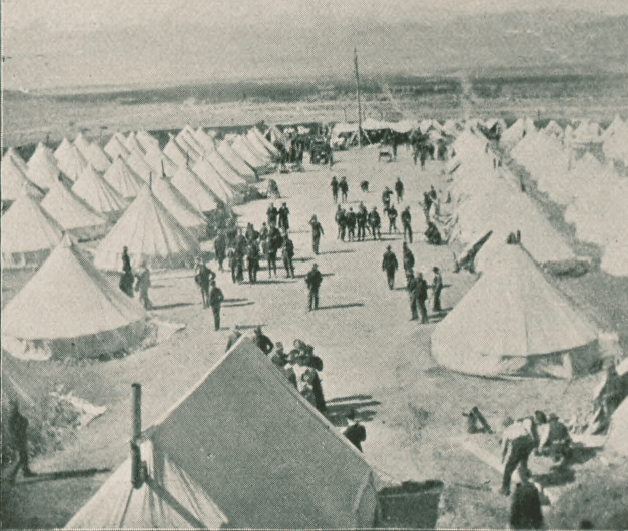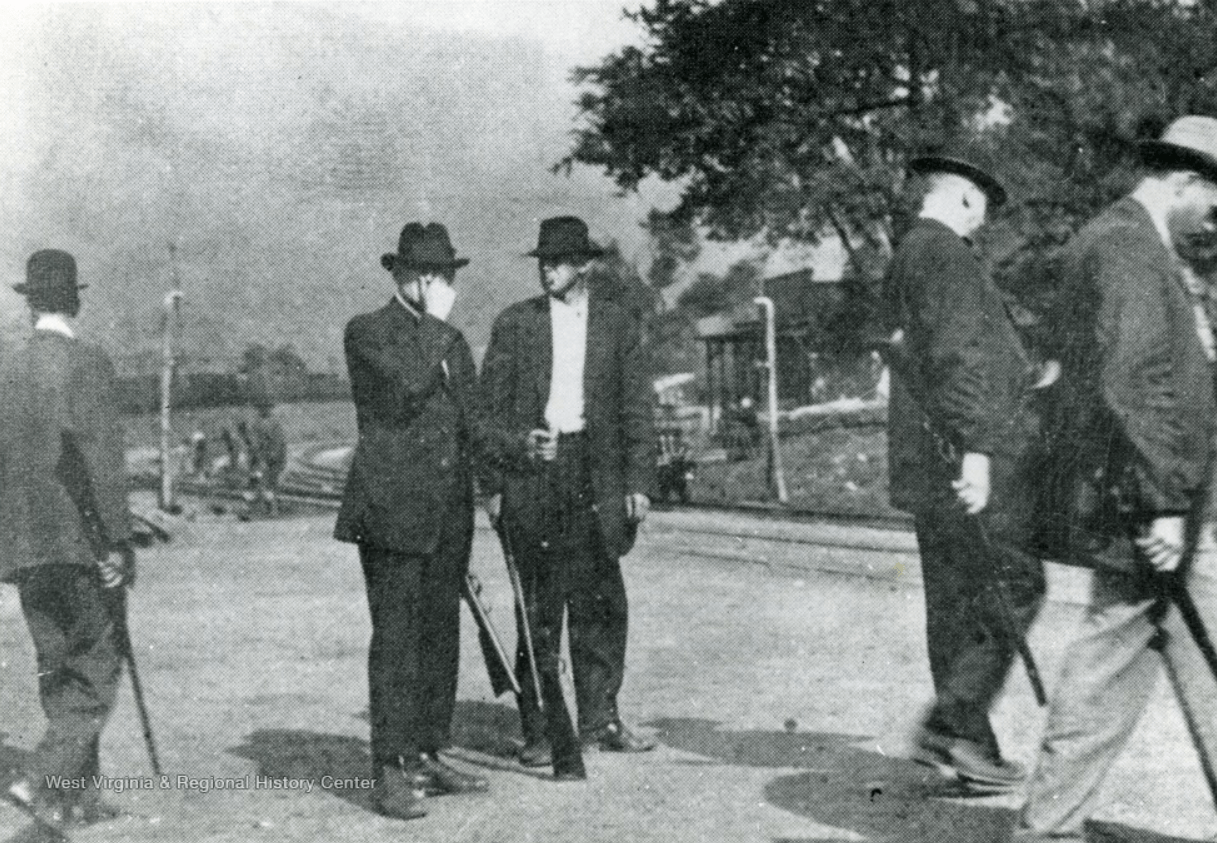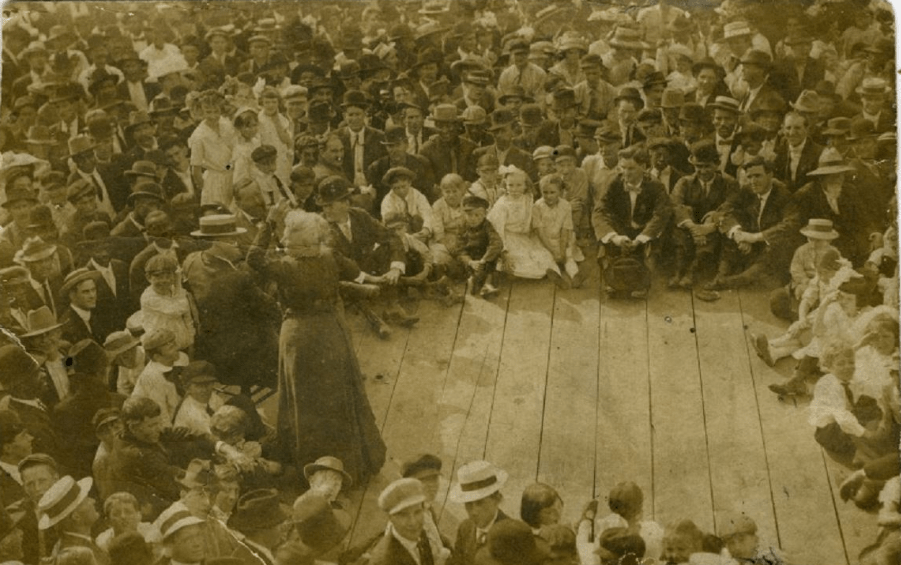1890s

Today in Labor History September 21, 1896: The authorities sent the militia to Leadville, Colorado, to bust a miners’ strike. Leadville was a leading mining community during the latter half of the 19th century due to its rich silver deposits. Colorado’s mineral wealth turned it into the nation’s main mining region, and made families like the Guggenheims wealthy. The Western Federation of Miners led the strike against mines paying less than $3/day. The union broke with the conservative American Federation of Labor after they lost the strike. The union then turned toward a more revolutionary socialism.
1910s


Today in Labor History September 21, 1913: Mother Jones led a march of miners’ children through the streets of Charleston. Between 1912 and 1913, there were frequent violent conflicts during the Paint Creek-Cabin Creek strike in West Virginia. At least 50 people died from violence during the strike, plus unknown numbers from starvation. The Baldwin-Felts detectives provoked most of the violence. During one incident, the sheriff and private detectives attacked a miners’ camp with an armored train, equipped with machine guns and high-powered rifles. After the attack, Ma Blizzard led a group of women who destroyed the tracks, presaging the similar action taken by Central American Solidarity activists in the 1990s, after a munitions trains ran over and dismembered Brian Willson’s legs.
1940s-1970s
Today in Labor History September 21, 1945: 200,000 coal miners struck to win collective bargaining rights for supervisory employees.

Today in Labor History September 21, 1976: Chilean national Orlando Letelier was assassinated in Washington, D.C. by agents of the Dirección de Inteligencia Nacional (DINA), Pinochet’s secret police. He had been a member of the former government of Salvador Allende. An American, Ronni Moffitt, was also killed. The CIA was aware of the plans and knew of Pinochet’s involvement in the assassinations.
